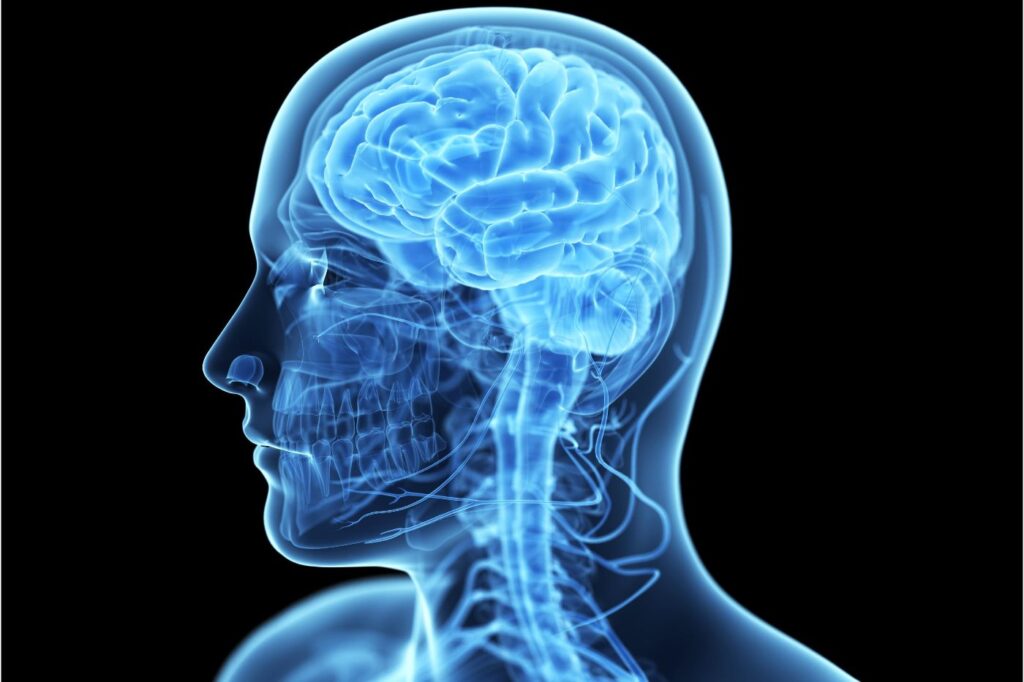Health Conditions
How Strokes Impact the Brain
By understanding the mechanisms at play, we aim to shed light on the complexities of stroke-related brain damage, including cognitive impairments, motor deficits, and emotional changes.
Strokes are a devastating medical event that can have a profound impact on the brain and the overall well-being of an individual. When a stroke occurs, there is a disruption of blood flow to a specific area of the brain, leading to a range of symptoms and potential complications. Understanding how strokes affect the brain is crucial in providing appropriate medical intervention and support.
Understanding the Brain and Its Functions
The brain is a complex organ responsible for controlling and coordinating all bodily functions. It is composed of different regions, each with specific functions such as cognition, movement, speech, and sensory perception. When a stroke occurs, blood flow to a particular region of the brain is interrupted, leading to a cascade of events that can have long-lasting effects.
The brain requires a constant supply of oxygen and nutrients to function properly. When a stroke happens, the supply of blood to a specific area of the brain is cut off. Without this essential supply, brain cells in that area quickly begin to deteriorate. This lack of oxygen and nutrients causes the affected brain tissue to die, leading to irreversible damage.

Types of Strokes and Their Causes
There are two main types of strokes: ischemic strokes and hemorrhagic strokes. Ischemic strokes are the most common, accounting for about 87% of all strokes. They occur when a blood clot blocks a blood vessel in the brain, cutting off the blood supply to that area. Hemorrhagic strokes, on the other hand, are caused by bleeding in the brain when a blood vessel bursts or ruptures.
Ischemic strokes can be further classified into two subtypes: thrombotic strokes and embolic strokes. Thrombotic strokes occur when a blood clot forms within one of the arteries that supply blood to the brain. Embolic strokes, on the other hand, occur when a blood clot or other debris forms elsewhere in the body, such as the heart, and travels to the brain, blocking a blood vessel.
Hemorrhagic strokes can also be classified into two subtypes: intracerebral hemorrhage and subarachnoid hemorrhage. Intracerebral hemorrhage occurs when a blood vessel within the brain bursts and bleeds into the surrounding tissue. Subarachnoid hemorrhage, on the other hand, occurs when there is bleeding in the space between the brain and the thin tissues that cover it.
The Impact of Strokes on the Brain
The impact of strokes on the brain can vary depending on the location and severity of the stroke. When brain cells are deprived of oxygen and nutrients, they begin to die within minutes. This can lead to a range of physical, cognitive, and emotional impairments.
Common physical effects of strokes include paralysis or weakness on one side of the body, difficulty with coordination and balance, and problems with speech and swallowing. Cognitive impairments are also common, with many stroke survivors experiencing memory loss, difficulty with language, and problems with attention and concentration.
Strokes can also have emotional and psychological consequences. Many stroke survivors experience changes in mood and behavior, such as depression, anxiety, and irritability. These emotional and psychological changes can significantly impact the quality of life for stroke survivors and their loved ones.

Common Symptoms and Signs of a Stroke
Recognizing the symptoms and signs of a stroke is crucial in seeking immediate medical attention. The acronym FAST is often used to help identify the warning signs of a stroke:
- Face drooping: One side of the face droops or feels numb.
- Arm weakness: One arm drifts downward when raised or feels weak.
- Speech difficulty: Speech is slurred or difficult to understand.
- Time to call emergency services: If any of these symptoms are present, it is crucial to call emergency services immediately.
Other common symptoms of a stroke include sudden severe headaches, dizziness, confusion, difficulty with coordination, and vision problems. It is important to note that not all strokes present with the same symptoms, and some individuals may experience a combination of different symptoms.
Diagnosis and Treatment Options for Strokes
Diagnosing a stroke typically involves a combination of physical examinations, medical history review, and imaging tests. A healthcare professional will assess the individual’s symptoms, perform a neurological examination, and order tests such as a CT scan or an MRI to determine the type and location of the stroke.
Treatment options for strokes depend on the type and severity of the stroke. For ischemic strokes, the most common treatment is the administration of clot-busting medications called tissue plasminogen activators (tPAs). These medications work by dissolving the blood clot and restoring blood flow to the brain. In some cases, mechanical thrombectomy may also be performed to physically remove the clot.
Hemorrhagic strokes require different treatment approaches. The immediate goal is to control bleeding and reduce pressure on the brain. This may involve medications to lower blood pressure, surgical interventions to repair the blood vessel, or procedures to remove the accumulated blood.

Rehabilitation and Recovery After a Stroke
Rehabilitation plays a crucial role in the recovery process after a stroke. The goal of rehabilitation is to help stroke survivors regain function and adapt to any lasting deficits. This can involve various therapies, including physical therapy to improve strength and mobility, occupational therapy to regain independence in daily activities, and speech therapy to address communication and swallowing difficulties.
The duration and intensity of rehabilitation vary depending on the individual’s needs and the severity of the stroke. Rehabilitation may take place in a hospital, a specialized rehabilitation center, or at home with the help of a healthcare professional.
It is important to note that recovery after a stroke is a gradual process, and the extent of recovery varies from person to person. Some individuals may experience significant improvements, while others may have permanent disabilities. Ongoing support from healthcare professionals, family, and friends is essential in helping stroke survivors navigate the challenges of recovery.
Long-Term Effects of Strokes on the Brain
The long-term effects of strokes on the brain can be significant and may require ongoing management and support. Even after the initial recovery period, individuals may continue to experience physical, cognitive, and emotional challenges.
Physical effects can include persistent weakness or paralysis, muscle stiffness, and difficulties with coordination. Cognitive effects may manifest as ongoing memory problems, difficulty with problem-solving and decision-making, and challenges with attention and concentration. Emotional effects can range from mood swings and depression to anxiety and changes in behavior.
Managing these long-term effects often involves a multidisciplinary approach, including regular medical check-ups, medication management, and ongoing rehabilitation therapies. Emotional support through counseling or support groups can also be beneficial for stroke survivors and their loved ones.

Preventing Strokes Through Lifestyle Changes
While strokes can be devastating, many risk factors are modifiable through lifestyle changes. Adopting a healthy lifestyle can significantly reduce the risk of stroke. Here are some key strategies for stroke prevention:
- Maintain a healthy diet: Focus on eating a balanced diet rich in fruits, vegetables, whole grains, lean proteins, and healthy fats. Limit the intake of saturated and trans fats, sodium, and added sugars.
- Exercise regularly: Engage in moderate-intensity aerobic exercise for at least 150 minutes per week, along with strength training exercises twice a week.
- Control blood pressure: Monitor blood pressure regularly and take steps to keep it within a healthy range. This may include dietary changes, regular exercise, and, if necessary, medication.
- Manage cholesterol levels: Adopt a heart-healthy diet and, if needed, take medication to control cholesterol levels.
- Quit smoking: Smoking significantly increases the risk of stroke. Seek support and resources to quit smoking.
- Limit alcohol consumption: Excessive alcohol consumption can raise blood pressure and increase the risk of stroke. Drink in moderation or avoid alcohol altogether.
Conclusion
Strokes have a profound impact on the brain, leading to a range of physical, cognitive, and emotional consequences. Understanding how strokes affect the brain is crucial in providing appropriate medical intervention and support. Early detection, prompt treatment, and comprehensive rehabilitation play a vital role in optimizing recovery and improving quality of life for stroke survivors.
If you or someone you know has experienced a stroke, it is important to consult with healthcare professionals for personalized advice and guidance. They can provide further information and resources tailored to individual needs and circumstances.
Trusted Health, Wellness, and Medical advice for your well-being



